Pierre Anctil’s History of the Jews in Quebec (University of Ottawa Press) is, as he notes in the preface, a “response to a sustained and growing interest” among French Canadians for “a better understanding of a religious minority that had previously received very little attention from Quebecois historians despite the fact that it had played a significant role in Quebec society from at least the beginning of the nineteenth century.”
Buttressed by previously untapped French and Yiddish sources, and originally published in a French language edition in 2017, it is the culmination of 30 years of research by Anctil, a University of Ottawa historian.
Ably translated into English by Judith Weisz Woodsworth, it was the recipient of the J.I. Segal Award from the Jewish Public Library in Montreal, and was a finalist for the Governor General’s Literary Award.
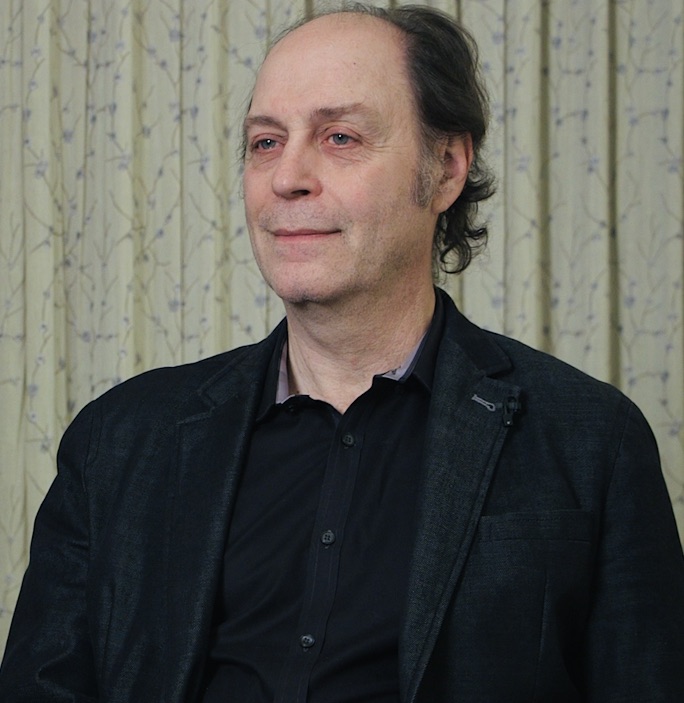
Anctil describes his book as “the first comprehensive study published in French in Canada” on this subject, pointing out that “the history of the Jewish population and community in Quebec” is a new one in French Canadian circles. As he puts it, “Francophone academics did not take an interest in Judaism in its Quebecois incarnation until the 1980s. Once they did, it often came as a startling revelation to them.”
In this illuminating volume, Anctil tells the story of the Jewish footprint in Quebec from the early French regime in the 16th century up to the present.
The first Ashkenazi Jews to set foot in New France, as it was called during the colonial period, hailed from France, Britain and the Germanic principalities. From the late 19th century onward, Russian Jews settled in Quebec. In the wake of the Holocaust and more recently, Jews from Poland, Morocco, Israel and Russia arrived.
While not obsessing about antisemitic strains in Quebec, Anctil does not shy away from its dark underside. Jews have been a “vulnerable minority in Quebec,” having been the “victims of outrageous statements and xenophobic attitudes” from its French and English inhabitants, he notes. On the other hand, he observes, Quebec has been “a land of refuge” for Jewish newcomers from “the blatant injustice of absolutist or totalitarian regimes.”
Non-Catholics were officially excluded from Quebec during the earliest era , but a few travellers, notably Esther Brandeau, a 20-year-old Jew from France, made it past the barricades. With the British conquest in 1759, Jews were permitted to settle in Quebec. Some, like Samuel Jacobs, were suppliers of British forces. Still others, like Aaron Hart, produced alcohol and beer.
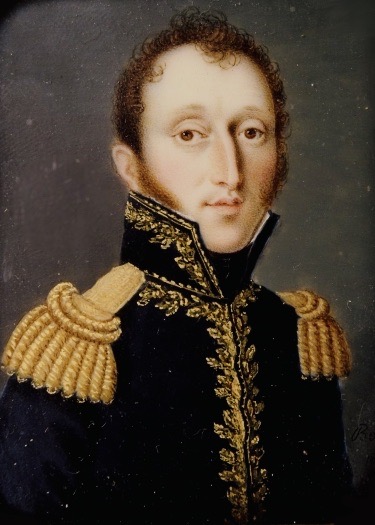
It was not until the Emancipation Act of 1832 in Lower Canada that Jews were granted full political rights. By the mid-19th century, Montreal was home to 450 Jews. Among its residents was Rabbi Abraham de Sola, a McGill University lecturer in Hebrew literature and the philology of Oriental languages, and the first Jewish scholar to carve out a career in a Canadian university.
In 1892, Jules Helbronner, a French Jew, was appointed editor of La Presse, a liberal daily. He held this position until 1908.
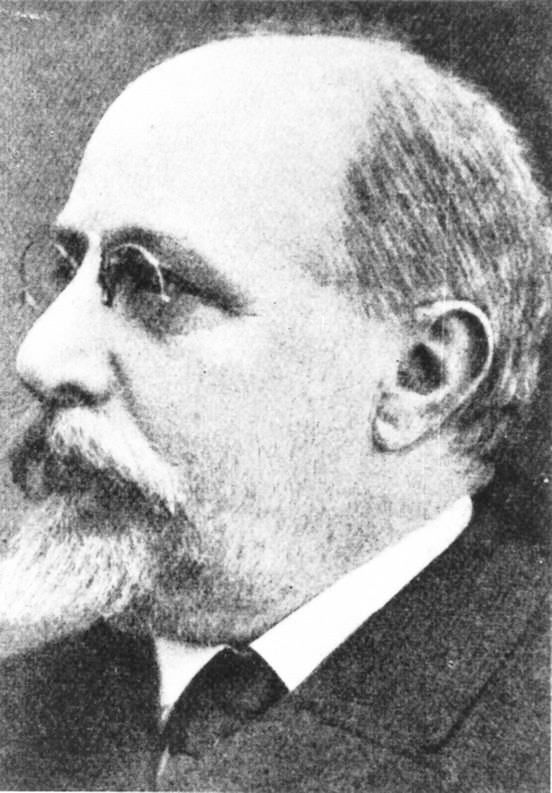
By 1901, Montreal’s Jewish population had reached 7,000, many of whom were Russian refugees escaping persecution. At this point, Jews comprised the largest community of non-British immigrants in Canada’s biggest city.
Within a decade, Montreal was home to 28,000 Jews, representing five percent of its population. “This represented the largest demographic shift in the entire history of Jews in Canada,” Anctil claims.
Back then, the heart of Montreal’s Jewish neighborhood was at the intersection of Dorchester Boulevard and St. Urbain Street. It soon shifted past Sherbrooke Street into the Mile End district.
Apart from Montreal, smaller numbers of Jews gravitated to Quebec City, Three Rivers, Sherbrooke and Joliette, where they were mainly engaged in retail businesses.
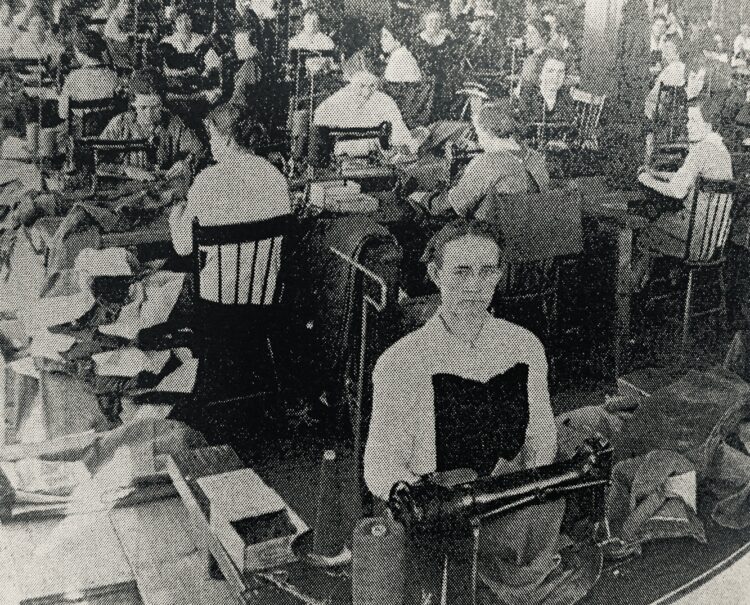
The garment industry was a major component of Montreal’s economy, with 85 percent of the city’s Jewish residents working in it during the first decades of the last century.
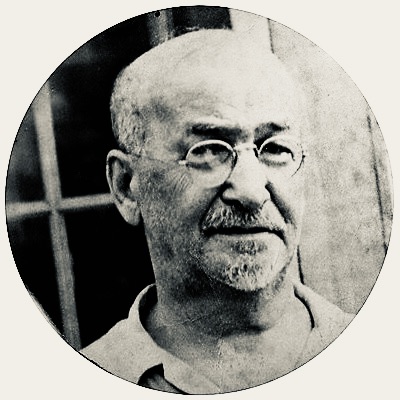
The first Yiddish daily in Montreal, the Kender Adler (The Canadian Eagle), was founded by Hirsch Wolofsky in 1907. As one commentator wrote, it was the gateway to the city for new Jewish immigrants.
Peter Bercovitch, born in Montreal in 1879, was the first Jew to sit in Quebec’s Legislative Assembly. When he ran for a federal parliamentary seat in 1938 after 21 years of service in the province, he was succeeded by Louis Fitch, the sole Jew in the conservative Union Nationale Party.
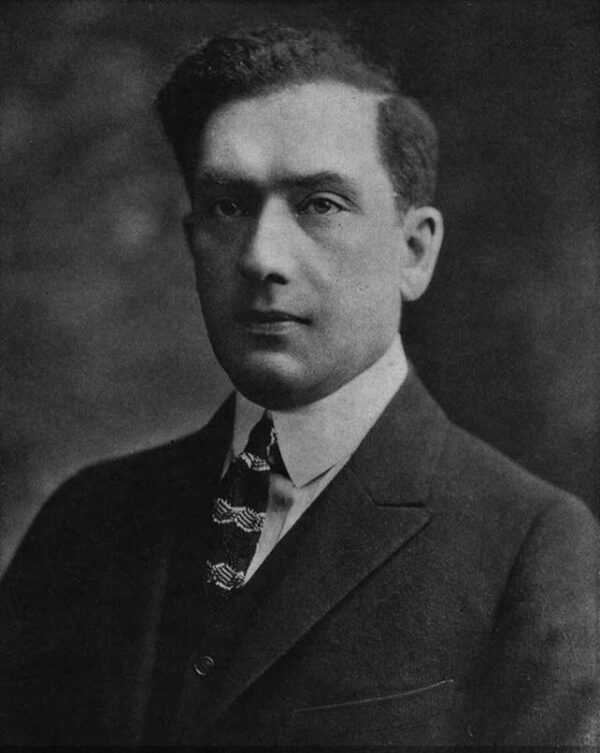
Anctil delves into an issue that consumed Quebec for years. In 1903, the Legislative Assembly passed legislation declaring Jews as “Protestants” for the purpose of grade school and high school education.
As he explains, Jews understood that English was the key to success in business. But at the same time, the reactionary Catholic church sought to keep Jews out of Catholic schools. As Quebec’s leading cleric, Cardinal Jean-Marie-Rodrigue Villeneuve, said in the late 1930s, “Jews, atheists and apostates should be completely banned from our schools.”
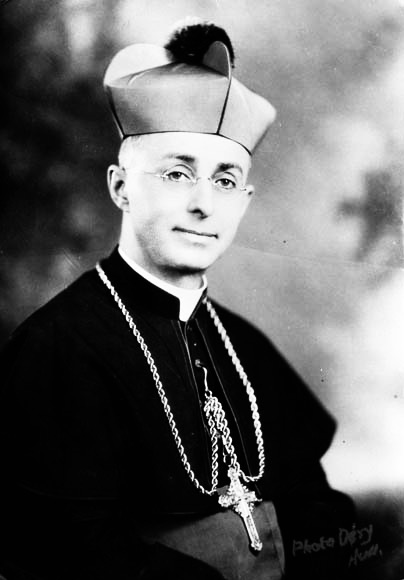
Yet the Protestant School Board was hardly a paragon of tolerance. It was reluctant to hire Jewish teachers and restricted Jewish students to downtown schools.
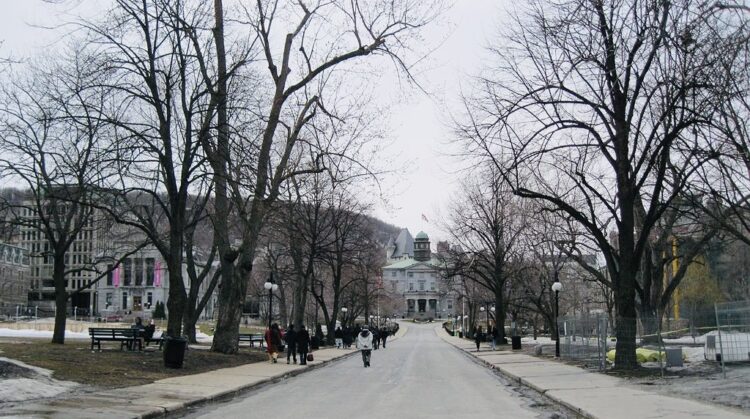
Anctil’s commentary on McGill University’s relationship with the Jewish community is telling. One-third of it students in the Faculty of Arts in the 1924-1925 academic year were Jewish. This high number was soon regarded as “a threat to the hegemony” of English Montreal. By 1930, McGill began to curtail the admission of Jewish students. Jewish enrollment across the board dropped by half and to five percent in the Faculty of Law.
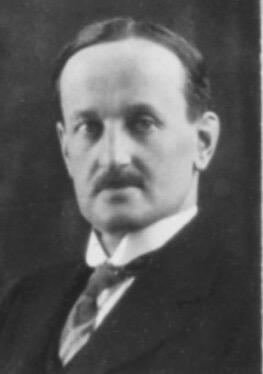
Negative perceptions of Jews by the Protestant elite was succinctly summed up in 1926 by Ira MacKay, the dean of the Faculty of Arts. As he wrote, “The Jew is probably the least desirable immigrant … Canada needs scientific men of initiative and intuition, engineers, builders, agrarians and workers, while the population of the Jewish community is almost altogether engaged in the professions and in money lending and trading occupations. Obviously we do not need any more of this class in Canada.”
Such ethnocentric views coincided with the emergence of what Anctil describes as “a violently antisemitic discourse” in Quebec. Adrien Arcand, a viciously antisemitic propagandist, attacked Bercovitch in his newspaper, Le Goglu.
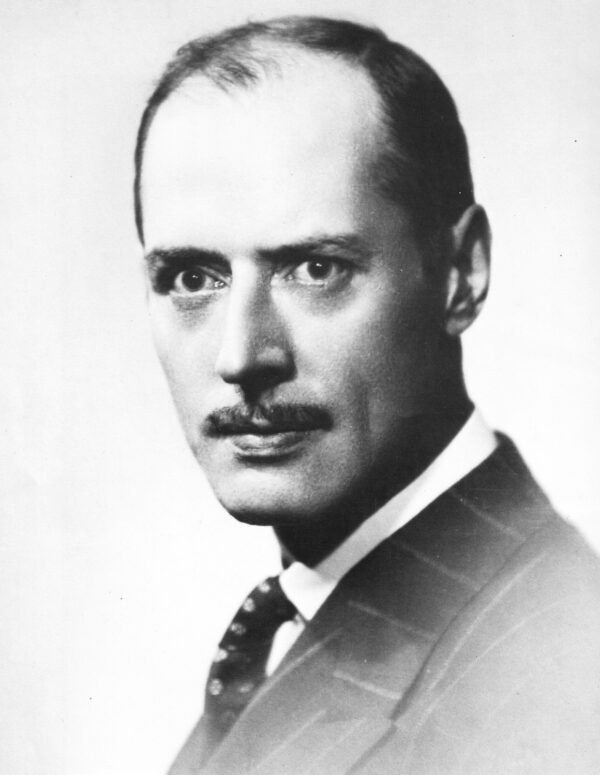
“This was just the first of a series of despicable periodicals that spread hatred of Jews among French Canadians of modest means.” It was not until 1940 that Arcand, along with his closest associates, were interned by the federal government.
According to Anctil, French Quebec was “easily swayed by anti-immigrant campaigns and xenophobic arguments, which the nationalist press had been putting forward for several decades.”
Quebec elites, including the leadership of the Saint-Jean Baptiste Society, were convinced that newcomers would dilute the proportion of Francophones in Canada and thereby diminish their influence in the Canadian parliament. Le Devoir, a Montreal daily edited by Georges Pelletier from 1932 to 1947, was in the forefront of disseminating such views. Not surprisingly, he opposed the entry of German-Jewish refugees into Canada.
Nonetheless, Anctil writes, “It would not be accurate to assume that Quebec society was unanimous in its hatred of Jews … This issue was met with complete indifference in many cases and, at other times, it would surface only in certain circumstances.”
Yet by the 1930s and 1940s, he acknowledges, Jewish-French Canadian relations were “extremely poor.” Canada’s participation in World War II was a factor. While many French Canadians were opposed to conscription, Jews overwhelmingly supported it.
Anctil devotes several pages to Fred Rose, a Polish-born Jewish politician who represented the Montreal constituency of Cartier in the House of Commons from 1943 to 1947. The first and last communist to sit in the federal parliament, he was accused of espionage, arrested, expelled from the House of Commons, and imprisoned. Rose returned to Poland, and shortly afterward, the Canadian government revoked his citizenship. Rose died in Warsaw in 1983.
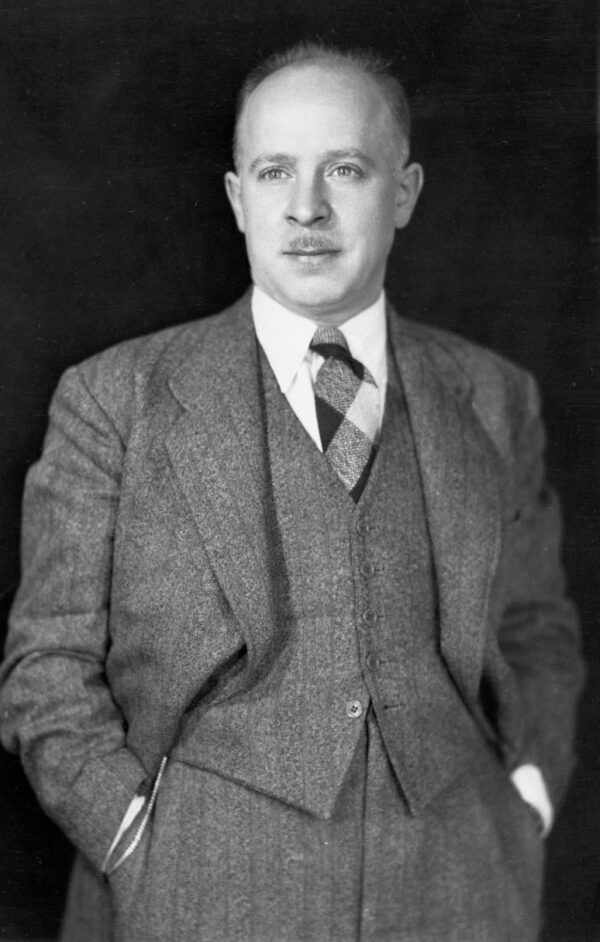
As a result of the Rose affair, the Canadian Jewish Congress, led by the business titan Samuel Bronfman from 1939 to 1962, expelled communists from its ranks and marginalized leftists.
By that juncture, says Anctil, the majority of Montreal Jews, comprising 23,000 families, were native-born.
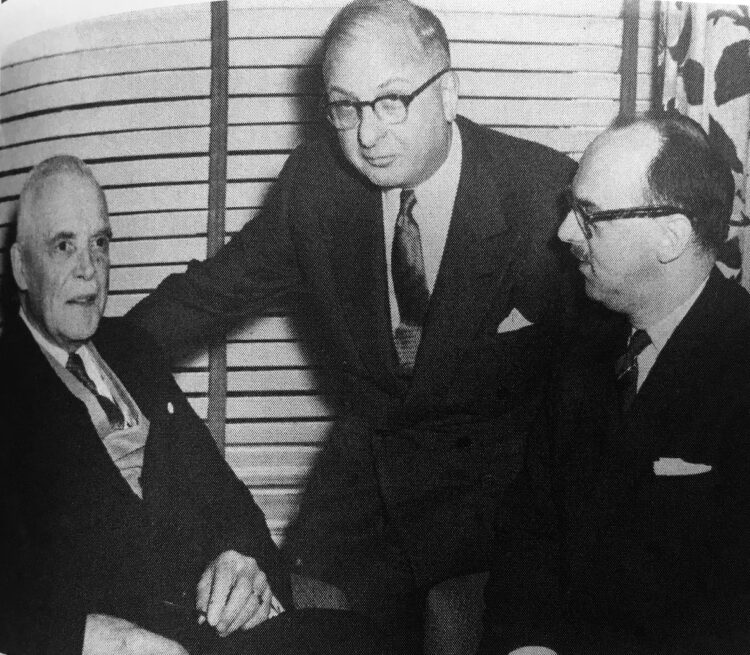
Around the same time, he notes, Jews in Montreal came to the realization that they would have “to come to terms with two fundamental aspects of Quebec society — the Catholic tradition and the French language. The process was gradual, however, and would not bear fruit for several decades.”
After World War II, Jews began moving out of the Cartier district and relocated to new neighborhoods in Outremont, Cote-de-Neiges, Snowdon, Cote St. Luc, Notre-Dame-de-Grace, Town of Mount Royal and Saint Laurent.
In the next two decades, the majority of Jews joined the middle class, having accessed the liberal professions. For the first time, factory jobs and small businesses were no longer their primary sources of income. During this period, he says, English replaced Yiddish as the community’s primary language.
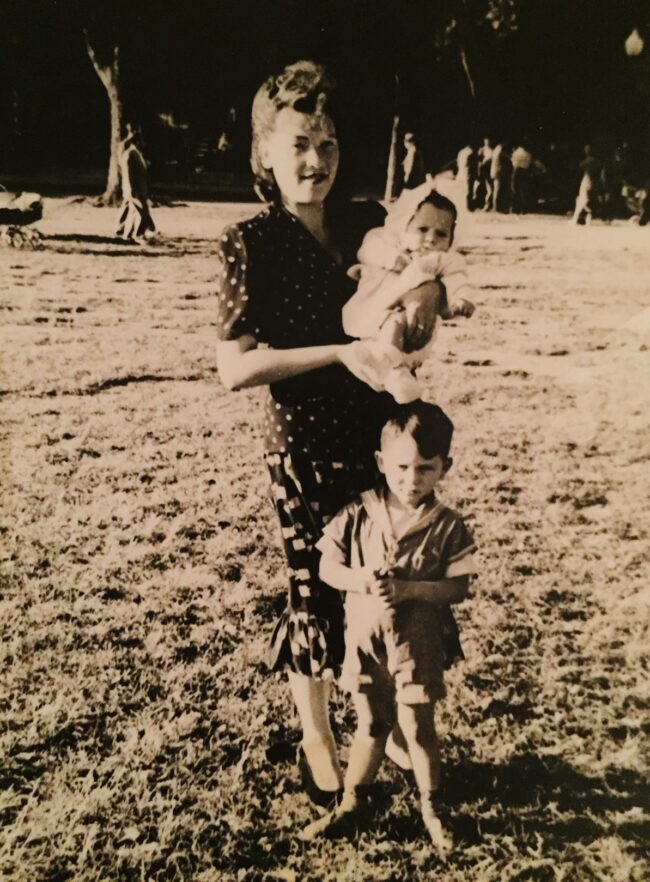
Nearly half of the 15,000 Holocaust survivors who poured into Canada from 1947 to 1950 settled in Montreal. They were the largest contingent of Jews to arrive in this country since the beginning of the 20th century. Among them were the poets Rokhl Korn and Chava Rosenfarb. They were preceded to Canada by the poet Melech Ravitch, who became the co-editor of the Kender Adler‘s literary section.
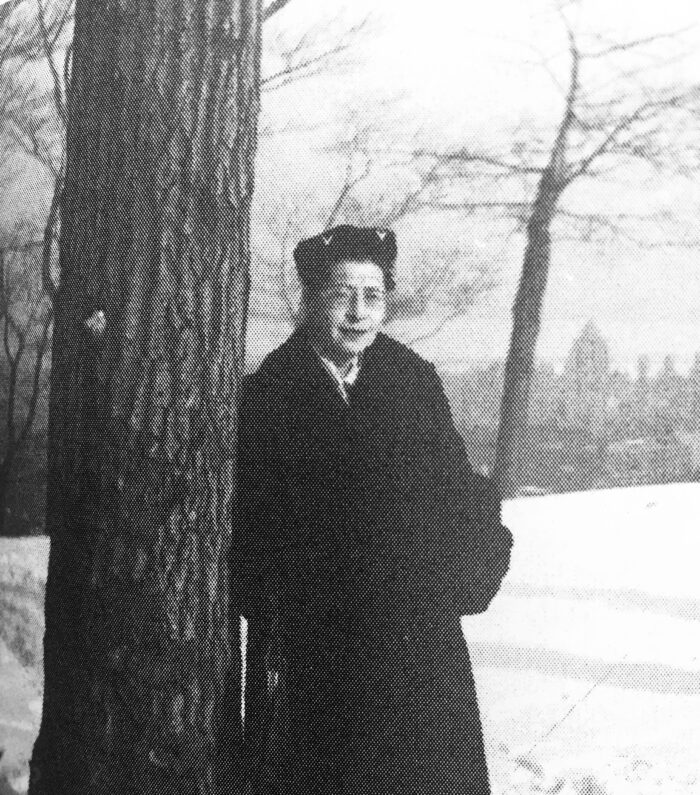
From the late 1950s onward, thousands of Moroccan Jews immigrated to Quebec. “The arrival of this group marked the beginning of a process of profound diversification of the Montreal Jewish population,” says Anctil. The Moroccans were the first Jews with whom French Canadians “could enter into contact without using English.” They proved that the “francization” movement in Quebec was “not necessarily a threat to Jewish identity.”
The Jewish population reached its apex in 1971, when Quebec was home to 110,900 Jews. Since then, in the face of the formation of separatist governments in Quebec, tens of thousands of Jews have left Montreal, man y bound for Toronto.
Although Jews have been almost totally absent from the ranks of Quebec’s civil service, they have been appointed to cabinet positions since 1970. Victor Goldbloom was the first Jewish minister. He was followed by Herbert Marx and David Levine. In 1983, Alan Gold was named Chief Justice of the Quebec Superior Court.
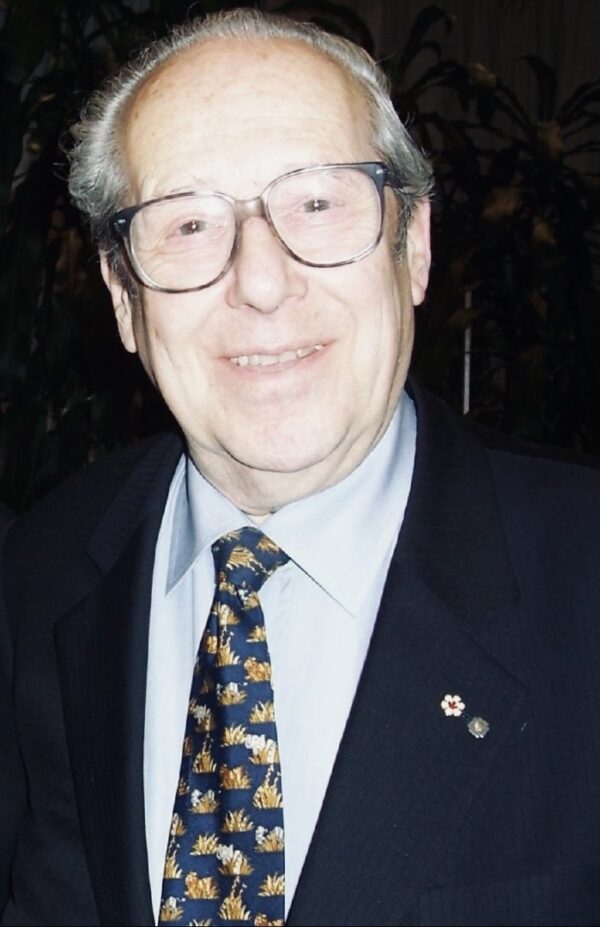
According to Anctil, Jews have generally displayed a remarkable capacity for adapting to political changes in Quebec. “Today, there is an openness to French not only at the highest levels of the community,” but also in groups as different as the Chassidim and recent Russian immigrants. Yet most French Canadians still have a “relatively superficial understanding” of the Jewish presence, he frankly acknowledges.
He believes that the Quebec government’s financial support of Jewish institutions, from parochial schools to social welfare agencies, is unique. “No other Jewish population in North America benefits from public funding to this extent, and for such a wide range of services.”
These funds have made Jews “more conscious of the French ‘fact’ and sensitive to the specificities of the Francophone Quebecois, while also allowing the Jewish community to thrive in every respect.”
This consciousness is reflected in the community’s bilingualism. In 2011, he reports, 80 percent of Jews aged 15-24 were bilingual under the terms of the Canadian Official Languages Act.
In closing, Anctil sounds an upbeat note.
“The Quebec model of providing public funding to Jewish institutions … and the successful reconciliation with French Canada in recent years are elements contributing to the unique character of Montreal Jewry and also helping to ensure its survival …”
Anctil, in History of the Jews in Quebec, has written an erudite, comprehensive, sympathetic and empathetic account of a deeply-rooted minority that has made stellar contributions to Canada’s predominately French province. One can only hope that more French Canadian historians will emulate Anctil and immerse themselves in Jewish studies.
